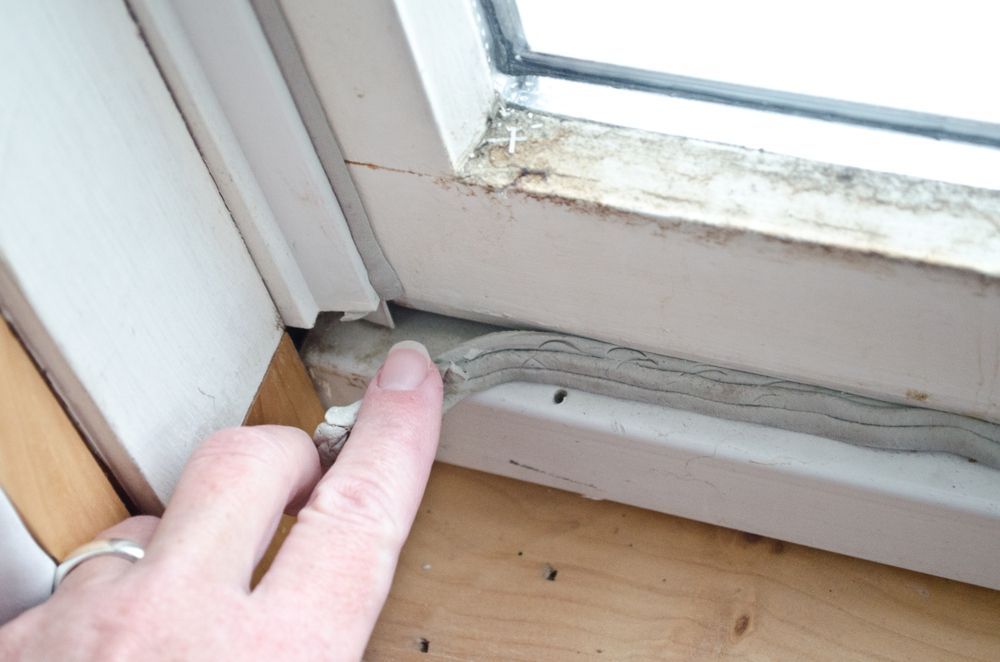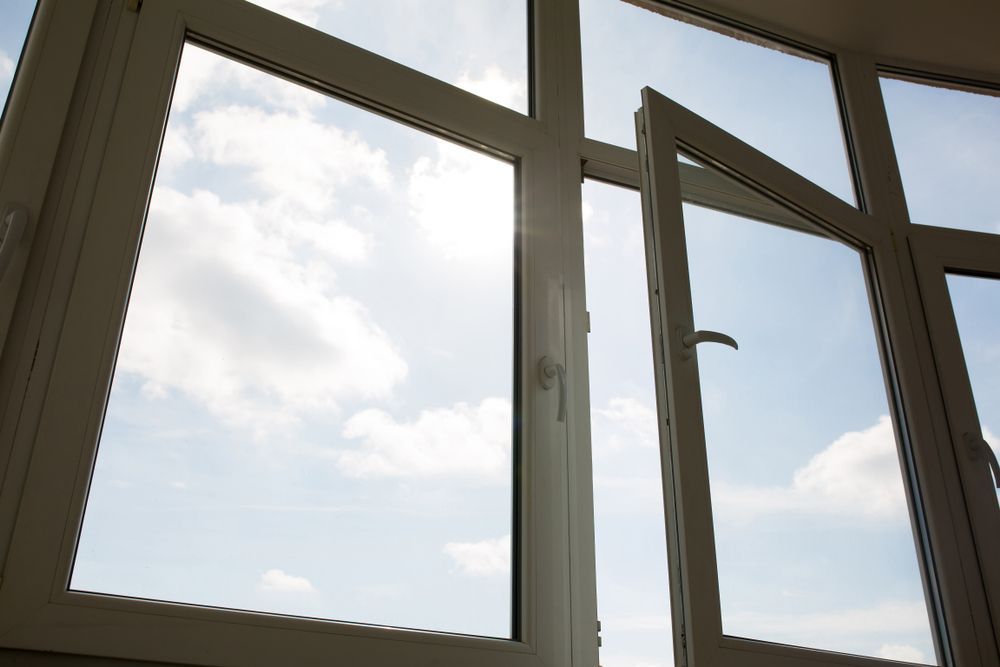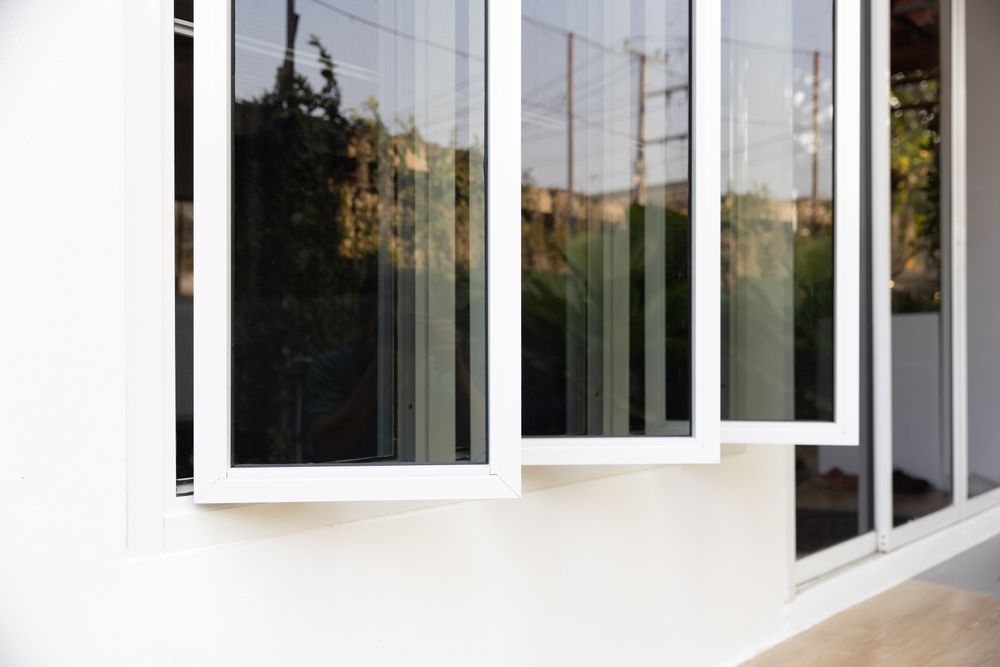Condo Window Replacement and Qualified Installers
January 6, 2017
Share this Article:
Leaking condominium windows are not always obvious, that is of course, until the problem is hard to ignore. Most CC&Rs (Covenants, Conditions and Restrictions) assign windows as the homeowner’s responsibility, yet when leaking windows become a structural concern the association typically assumes the project of replacing the windows in the entire building.
While the question of who will pay for the new windows is important, if you have a system wide problem, the question is who will diagnose and solve the problem? The common expense and unit costs can be determined after project estimates are obtained.
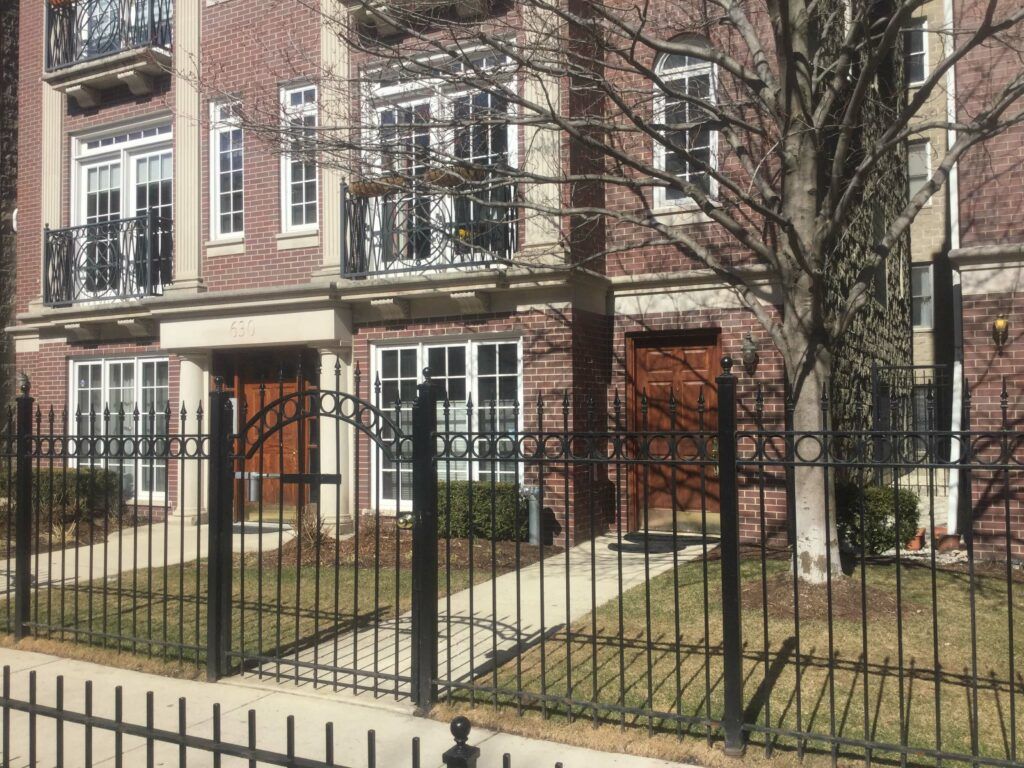
Who Are You Going To Call
The important question is who do you consult? A window replacement project for a multi-family dwelling requires a high level of skill to work with occupied residential buildings. Additionally, getting a licensed window contractor doesn’t mean they’re qualified to do this type of work.
Recognizing this growing need for condominium window replacement throughout Chicagoland, more than 10 years ago, Woodland invested in commercial installation equipment, built installer expertise, and created a process as the cornerstone of all successful projects.
Although condo window replacement projects are pursued for multiple reasons such as increased comfort, noise reduction or deteriorating window performance, leaky windows causing water to infiltrate the building envelope (water barrier) is a common reason. The cause of leaky windows can be any number of things.
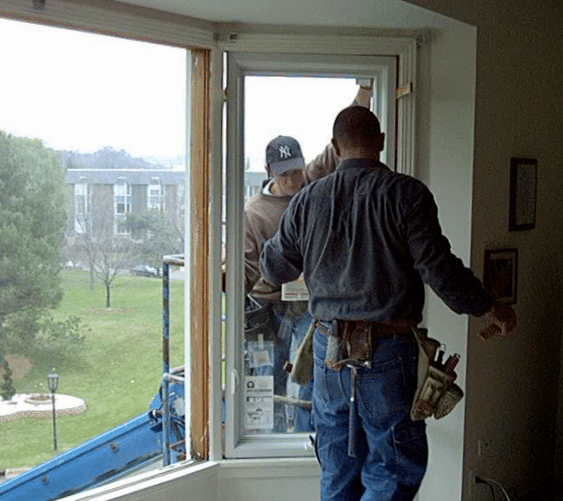
Entire Building Window Replacement
One project that we completed had roughly 200 windows that needed to be replaced due to poor installation practices when the building was constructed only 11 years earlier. The leaky windows had rotted the clad wrapped wood windows and was allowing water to seep into the building structure.
The engineering specifications for the new installation called for sill pans and factory mulled units, neither of which was done in the original installation. Sill pan assemblies (usually aluminum) allow for drainage. Factory mulled units are a better solution because of the reinforcing materials used and the experience of the manufacturer to perform the job. A mullion is simply a vertical or horizontal connecting unit between two or more windows, such as you see with a bay window for example. In field mulling, the installer may not have the right knowledge of the unit or the experience and consequently leave water and air infiltration points. Field mulling is common if the installer doesn’t have the right equipment or manpower to handle a fully assembled factory mulled unit.
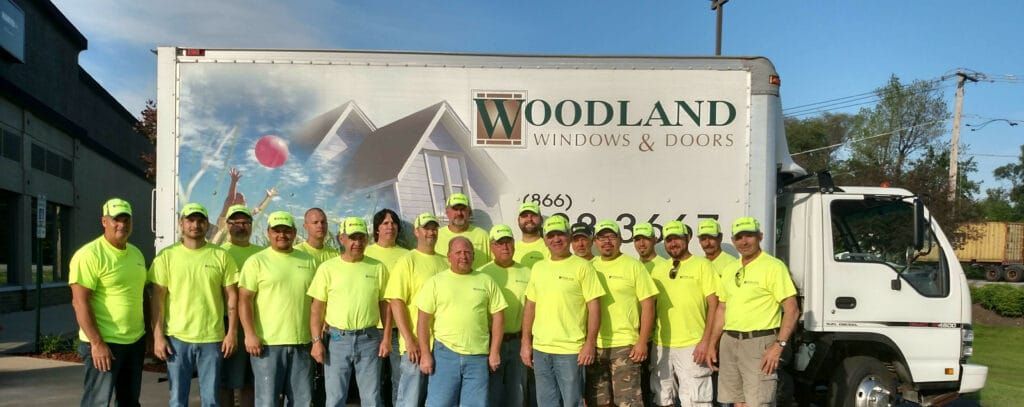
Watch the Process
Take a look at the videos (parts 1 & 2), produced by Marvin, Woodland’s window partner, to see the process involved. Our installation coordinator forecasted the work out for the duration of the project. To minimize the disruption to residents’, installation crews didn’t begin work on the next unit until they’d completed the previous unit on the schedule.
It takes more than a licensed window contractor to perform condo window replacement projects, it takes a proven qualified company.
Connect with Us:

